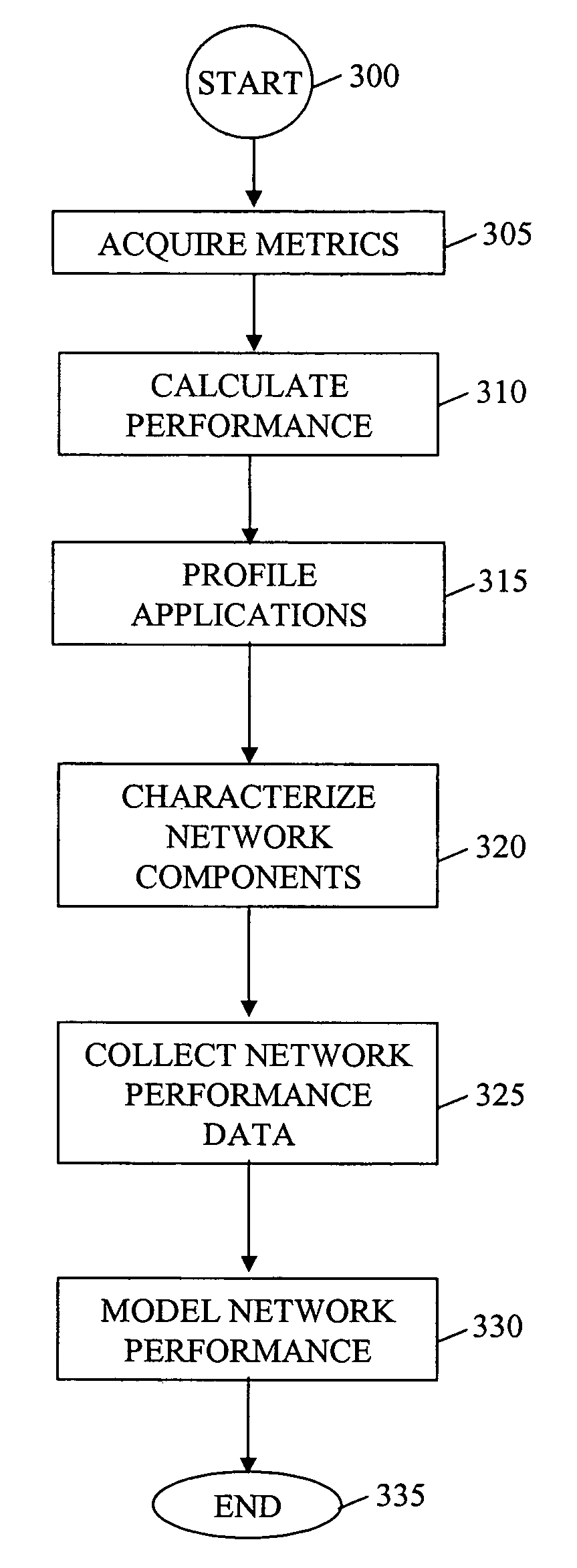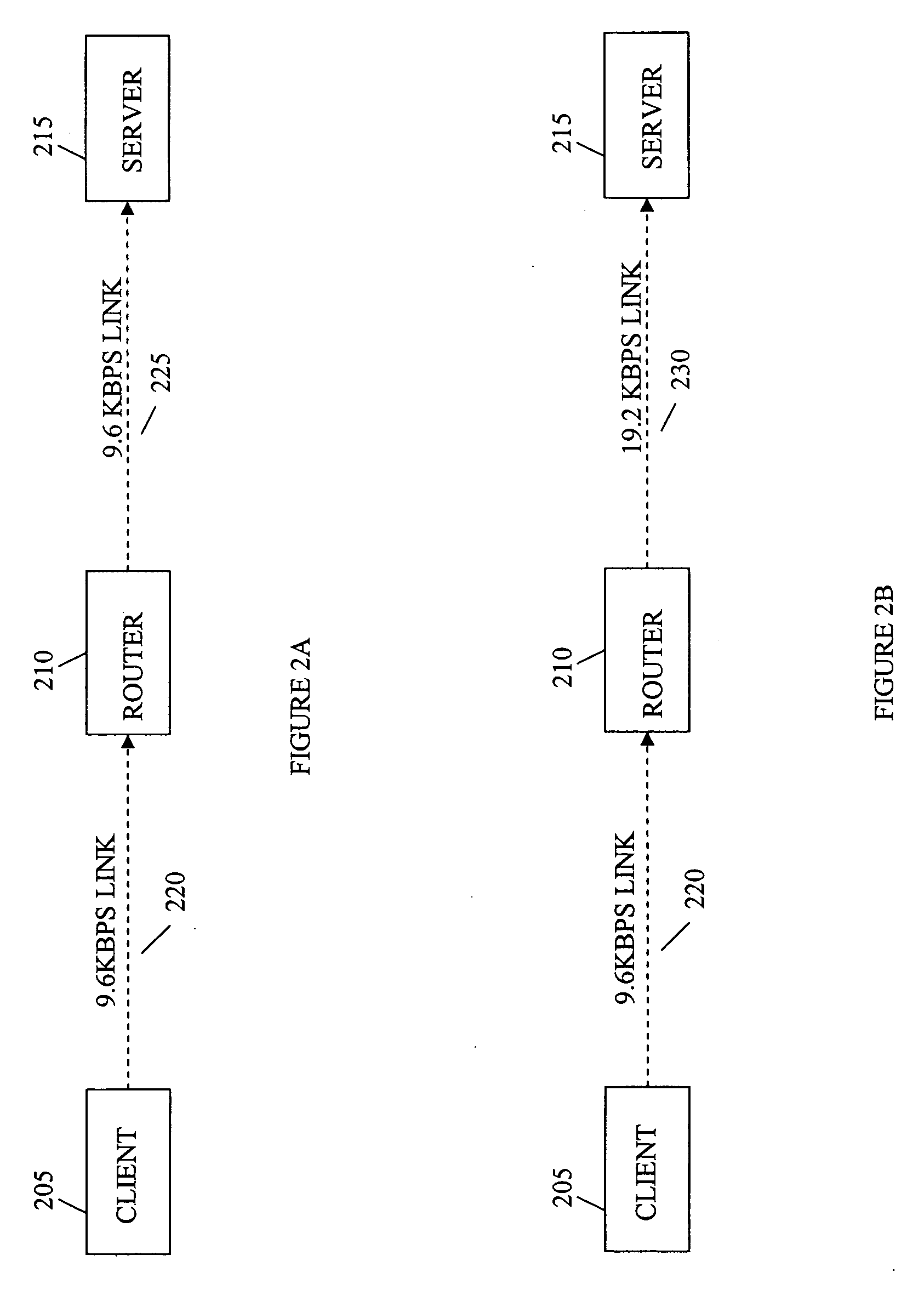System and method for analysis of communications networks
a communication network and analysis system technology, applied in the field of system and method of baselining and modeling communications networks, can solve the problems of not providing the level of understanding of end-to-end performance required for management objectives, heat maps may not be able to identify whether or not a heavily utilized fast link is heavily utilized, and the data is not known to be mapped in a known way, so as to achieve the effect of reducing performan
- Summary
- Abstract
- Description
- Claims
- Application Information
AI Technical Summary
Benefits of technology
Problems solved by technology
Method used
Image
Examples
Embodiment Construction
[0021] This invention is generally directed to a system and method for using network asset management data (such as from user documentation, Traceroute and other probing discovery commands or techniques, and from network management tools VitalNet™ and Concord e-Health®, for example) including attributes such as device type, location, and link speed for creating a database model of the network's connectivity. This model includes a description of network devices and the communications links connecting them. Each such device-link-device connection is known as a “network hop.” Included in the initial setup of the database is data from which baseline mathematical analysis of the network can be performed; including link end point locations (or distance), device locations and device latencies. Pinging is performed using longer and shorter ping packets transmitted in isolation from each other and in short bursts to provide data for analysis of baseline network performance that is independen...
PUM
 Login to View More
Login to View More Abstract
Description
Claims
Application Information
 Login to View More
Login to View More - R&D
- Intellectual Property
- Life Sciences
- Materials
- Tech Scout
- Unparalleled Data Quality
- Higher Quality Content
- 60% Fewer Hallucinations
Browse by: Latest US Patents, China's latest patents, Technical Efficacy Thesaurus, Application Domain, Technology Topic, Popular Technical Reports.
© 2025 PatSnap. All rights reserved.Legal|Privacy policy|Modern Slavery Act Transparency Statement|Sitemap|About US| Contact US: help@patsnap.com



